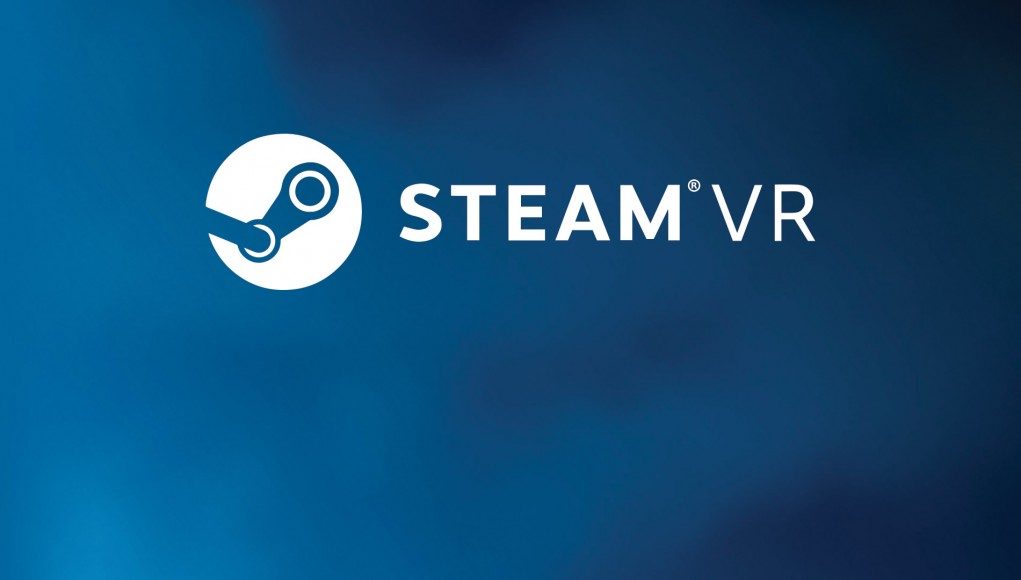During a recent media event, Valve revealed that only 30 VR apps have made over $250,000 so far on Steam. Now focusing his company heavily on VR development, Valve president Gabe Newell remains bullish on the future of VR, but isn’t shying away from sharing frank assessments of the still young industry.
Sorting content ‘by VR’ through the Steam store, the number of titles that support the technology comfortably exceeds 1,000. While a few early indie VR titles have seen a few million in revenue, according to Valve only 30 of Steam’s VR apps have made over $250,000.
This could be a fairly discouraging figure for aspiring VR developers, as Steam is surely the most popular source for PC VR content, considering the apparent sales advantage of the HTC Vive over the competition, combined with the fact that SteamVR works with other headsets like the Oculus Rift and OSVR. Yet, Valve president and co-founder Gabe Newell doesn’t sound disappointed.
“We’re optimistic. We think VR is going great,” Newell told Polygon among others at a recent media briefing. “It’s going in a way that’s consistent with our expectations”. However, the forthright Newell-esque statement that followed—”We’re also pretty comfortable with the idea that it will turn out to be a complete failure”—set the tone for some very interesting and candid comments about where he believes VR stands right now.

Offering some explanation for his wariness, Newell describes some of the drawbacks of the VR space, in particular that the high-end will continue to be where the most compelling stuff happens. High cost of entry is already a problem, but due to the tech advancements required in future VR hardware, it will continue to be, Newell believes.
“We’re at the beginning of this. Vive is the most expensive device on the market. It’s barely capable of doing a marginally adequate job of delivering a VR experience. We have to figure out all sorts of other problems before even the hardware question gets answered, much less what’s going to be the compelling content.”
In other words, it’s far too early to introduce major cost reductions as a solution; the hardware simply has to remain expensive in order advance to the point where VR becomes good enough to be an accepted, mainstream technology.
“If you took the existing VR systems and made them 80 percent cheaper, that’s still not a huge market. There’s still not a really incredibly compelling reason for people to spend 20 hours a day in VR”, Newell said. “Once you’ve got something that will really cause millions of people to be excited about VR, then you start worrying about cost reductions. […] Some people have got attention by going out and saying there’ll be millions of [VR unit sales] and we’re like, wow, I don’t think so. I can’t point to a single piece of content that would cause millions of people to justify changing their home computing.”
Valve’s breakthrough SteamVR Tracking technology pushed the hardware beyond what many were expecting from a first generation VR package, and Newell’s statements clearly indicate that their hardware research continues unabated.
“We’re going to go from this weird position where VR right now is kind of low res, to being in a place where VR is higher res than just about anything else, with much higher refresh rates than you’re going to see on either desktops or phones. You’ll see the VR industry leapfrogging any other display technology. You’ll start to see that happening in 2018 and 2019 when you’ll be talking about incredibly high resolutions.”
But Valve remains a software company at heart, and their three full VR games in development promise to address the need for compelling content. Newell doesn’t provide any specific details about the projects, but quashes the idea of returning to gameplay that the studio became famous for.
“We got Half-Life 2 and Team Fortress running in VR. It was kind of a novelty, purely a development milestone. There was absolutely nothing compelling about them. Nobody’s going to buy a VR system so they can watch movies. You have to aspire and be optimistic that the unique characteristics of VR will cause you to discover a bunch of stuff that isn’t possible on any of the existing platforms.”
And optimistic developers are, Newell says.
“Developers are super excited. There’s nobody who works in VR saying, ‘oh I’m bored with this.’ Everybody comes back. For every idea they had in their first generation product, they have ten ideas now.”







